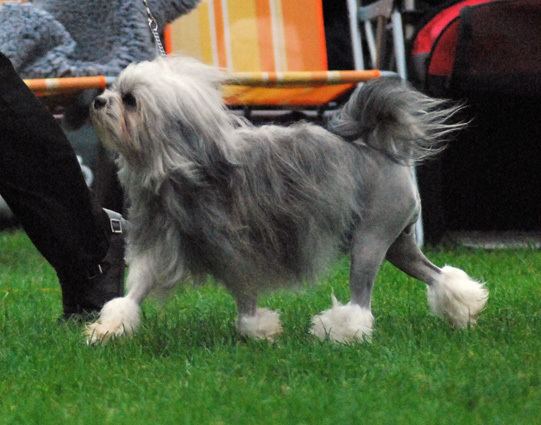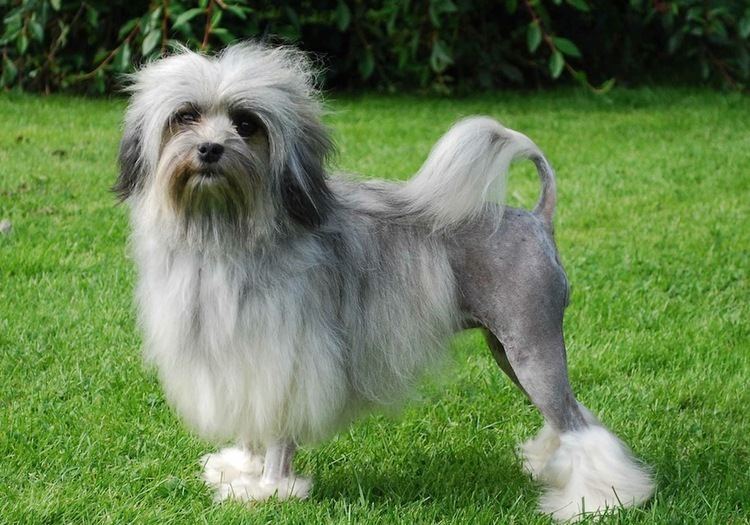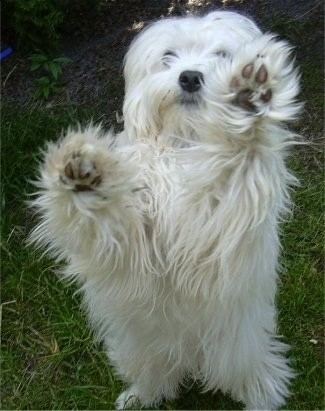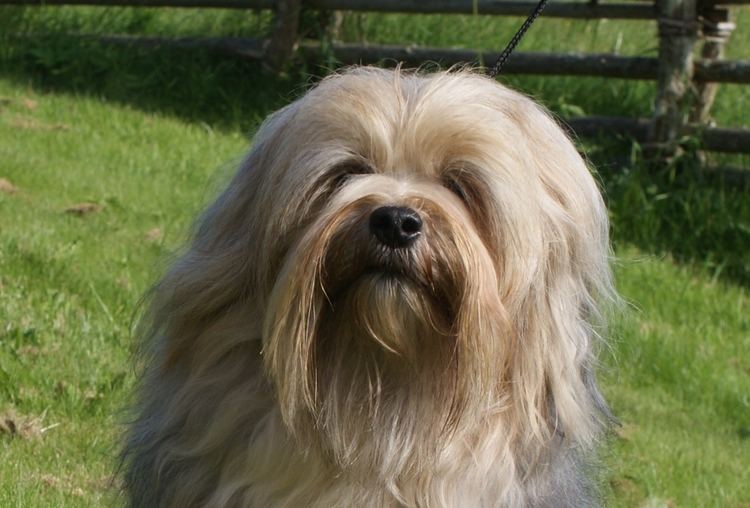AKC Non-Sporting ANKC Group 1(Toys) Hypoallergenic Yes | Non-Sporting standard Group 1(Toys) standard Life span 12 – 14 years | |
 | ||
Other names Petit Chien LionLittle Lion Dog FCI Group 9, Section 1.3 Bichons and related breeds: Little Lion Dog #233 Temperament Playful, Friendly, Familial, Active, Happy, Intelligent Height Female: 30–33 cm, Male: 33–36 cm Weight Female: 4–6 kg, Male: 5–8 kg Similar Griffon Bruxellois, Petit Basset Griffon Ve, Schipperke, Harrier, Pharaoh Hound | ||
Top 10 most expensive dog breeds
The Löwchen or Little Lion Dog (German: Löwchen "little lion," French: Petit chien lion," "little lion dog") is a breed of dog. A small dog, they are considered by some registries as a toy dog and by the American Kennel Club as a non-sporting dog.
Contents

The Löwchen once had the dubious distinction, like the Portuguese Water Dog and the Havanese, of being the rarest dog in the world. In 1973 there were only 65 registered examples of the breed. Even today, the breed generally has fewer than a few hundred new registrations each year worldwide.

Description

The Löwchen's coat is long and flowing and comes in many colours. The coat should not be thin and fluffy like a Bichon Frise, but wavy with a mix of thicker hairs amongst the fine ones. This allows for a flowing coat that is not frizzy or fly-away, and a Löwchen coat should not be harsh like many terriers. The Löwchen does not shed, and this breed has very low allergic effects, and are considered hypoallergenic. The head of the Löwchen is one of its most important features, with its relatively short, wide muzzle, broad skull, lively round eyes, and pendulant ears. They can come in all colours, including brown, that allow for dark eyes and nose. The head, when in proportion to the body, is neither too big nor too small, but helps to emphasize the friendly, regal, and leonine personality of the Löwchen. The litter size is usually between three and six puppies. The Löwchen's life span is around 12–14 years.
Lion cut
The Löwchen's long and wavy coat is presented in a lion cut. This means that the haunches, back legs, front legs (except bracelets around the ankles), and the 1/3–1/2 of the tail closest to the body are shaved, and the rest of the coat is left natural to give the dog the appearance of a male lion. The lion cut is the traditional way of presenting these dogs but it is not known where the practice comes from. Dogs in lion clip may need some protection in wintertime on the shaved parts.
Temperament

The Löwchen is a friendly, healthy and happy dog. Dogs of this breed are both active and playful, and very intelligent. The Löwchen is an excellent house pet. The Löwchen makes also a good pet for families with children. This breed has a history as a companion dog and the dogs need the attention of humans and they are not happy left alone for longer periods of time. The Löwchen doesn't bark excessively, it is a rather quiet breed.
History
The breed is traceable to as far back as 1442. They are found in many old paintings, tapestries, engravings, drawings and in literature. It is an old breed type, found in many countries as far back as the sixteenth century. The little 'lion dog' is seen in many art pieces featuring dogs as far back as the sixteenth century, but it is unclear whether these were all dogs like the Löwchen, or simply small dogs of the Bichon type that were trimmed in a lion cut. Although this dog may be related to the Bichon Frise, the Löwchen's history remains obscure.
The Löwchen has a history as a companion dog to the wealthy and elite. It is possible to trace the modern history of the breed to late-19th-century enthusiasts in what are now Belgium, Germany and the Netherlands. It is thought the breed's ancestors were dogs that were brought in by travelers from the far eastern lands of Tibet and mingled with local dogs such as Spitz and terrier-type dogs. Occasionally a genetic throw-back is found. Madame Bennerts started a breeding program in 1944, later with the help of veterinarian Dr. Rickert.
Lowchen were imported into Britain in 1968 and the breed was accorded Kennel Club (UK) recognition in 1971. The Lowchen would finally make an appearance in America in 1971, by way of England. At this time, the Lowchen was still known as the “Lion Dog”. Also in 1971, The Lowchen Club of America (LCA) was formed and the breed’s name was officially changed to “Lowchen”.
